4 rose-growing secrets from Buckingham Palace rose garden
There's lots to learn from the Buckingham Palace rose garden, from pruning to replanting and which specific variety to grow
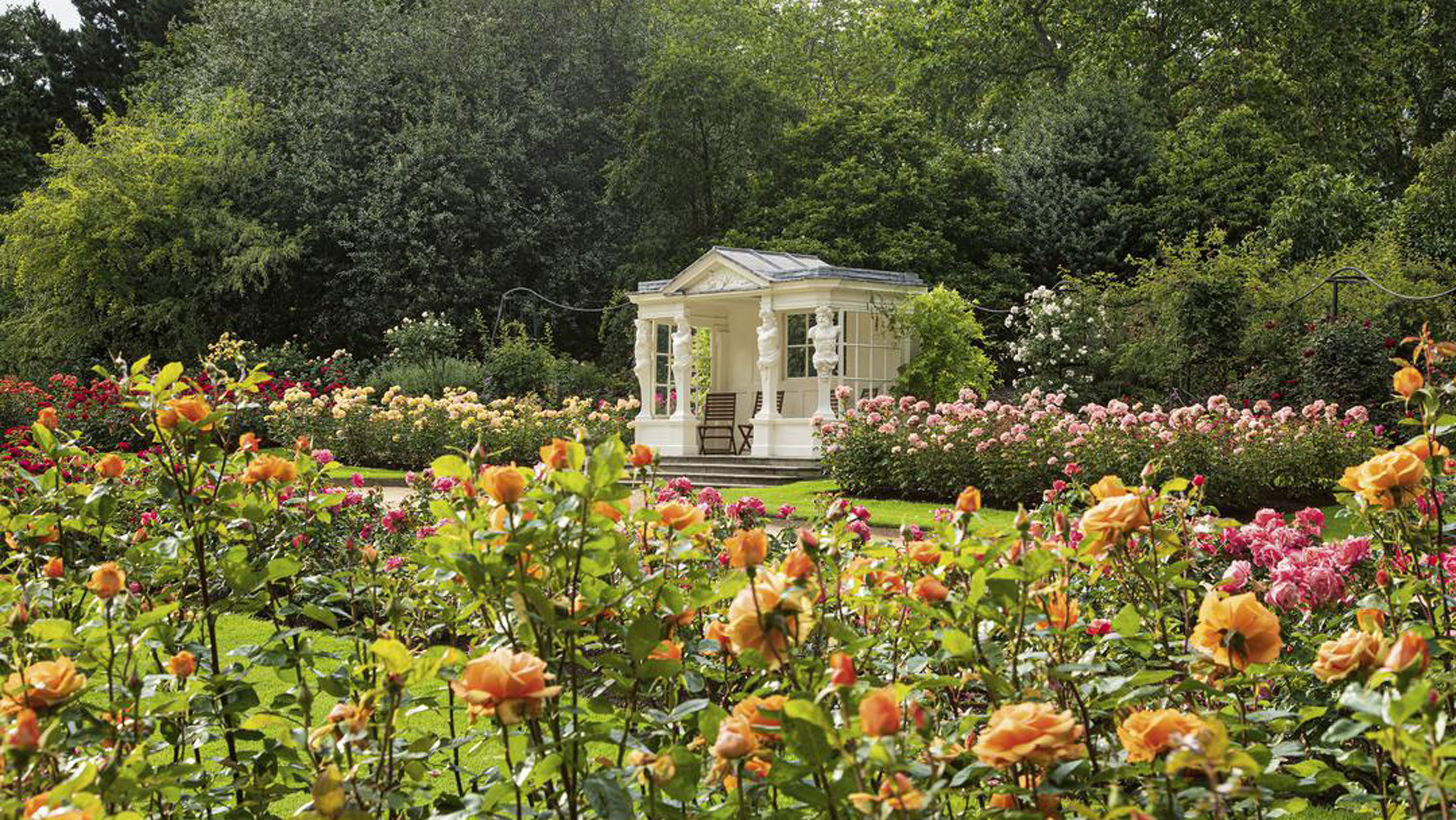

When considering what to plant in your garden, you simply cannot get more classic than a beautiful rose. With their English country garden charm, it’s no surprise that they’re a perennially popular choice among gardening lovers.
Whether rambling, climbing or growing in pots, these beautiful blooms bring sweet fragrance to any outdoor space. Much can be learned about how to grow roses from taking a look at the spectacular Buckingham Palace rose garden.
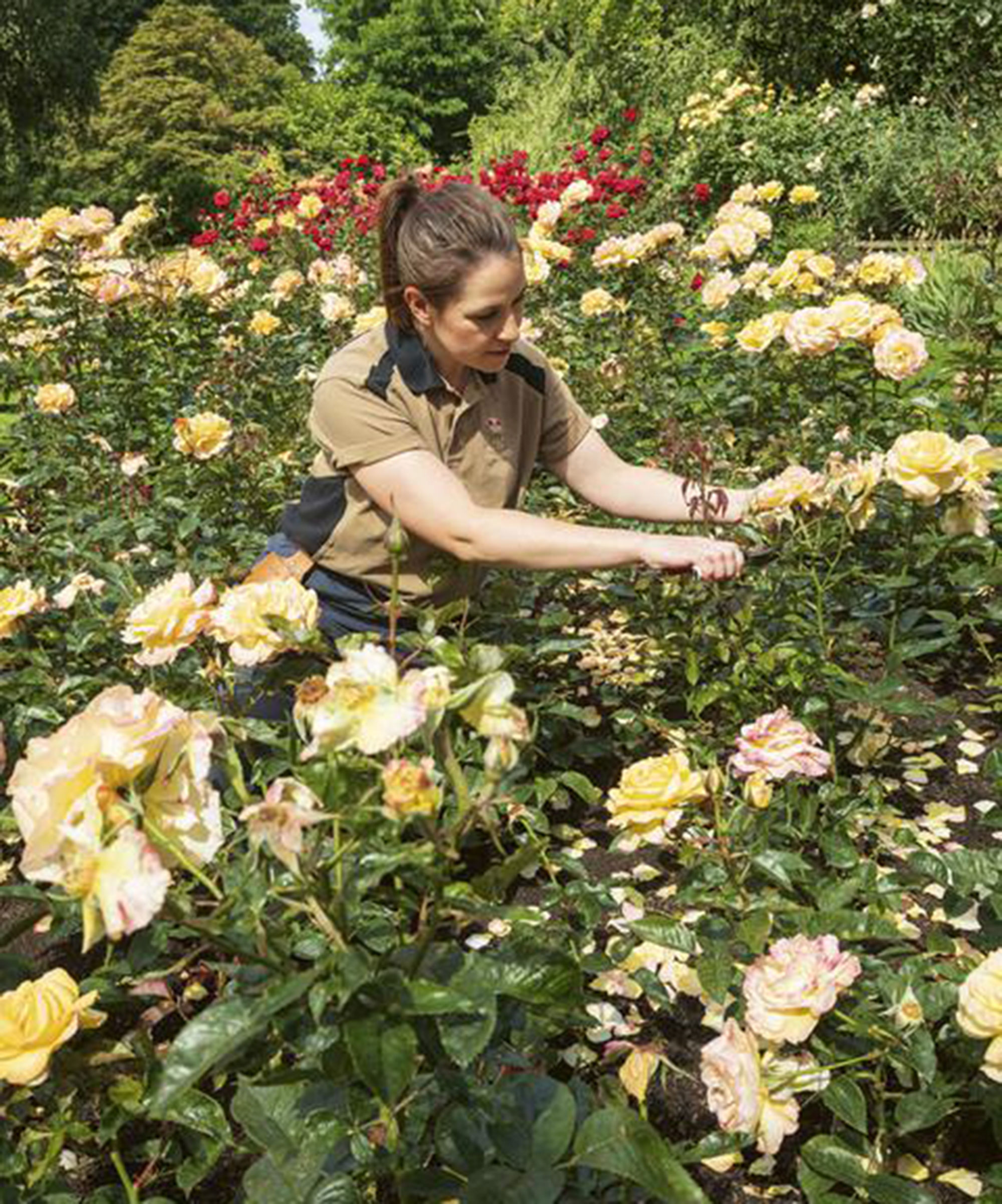
Buckingham Palace rose garden
Rose-growing secrets from Buckingham Palace rose garden
The types of roses on display in the Buckingham Palace rose garden are typically hybrid tea roses in lemon yellow, apricot, pink and rich red. This formal garden has been designed and maintained with great care and expertise.
It was originally designed by famed English rose grower Harry Wheatcroft in the 1960s, who arranged the beds in the traditional Victorian style. We recently had the chance to visit the Royal gardens, and while the rose garden looks effortlessly beautiful, there are in fact a few important rules at play.
1. Arrange roses by color
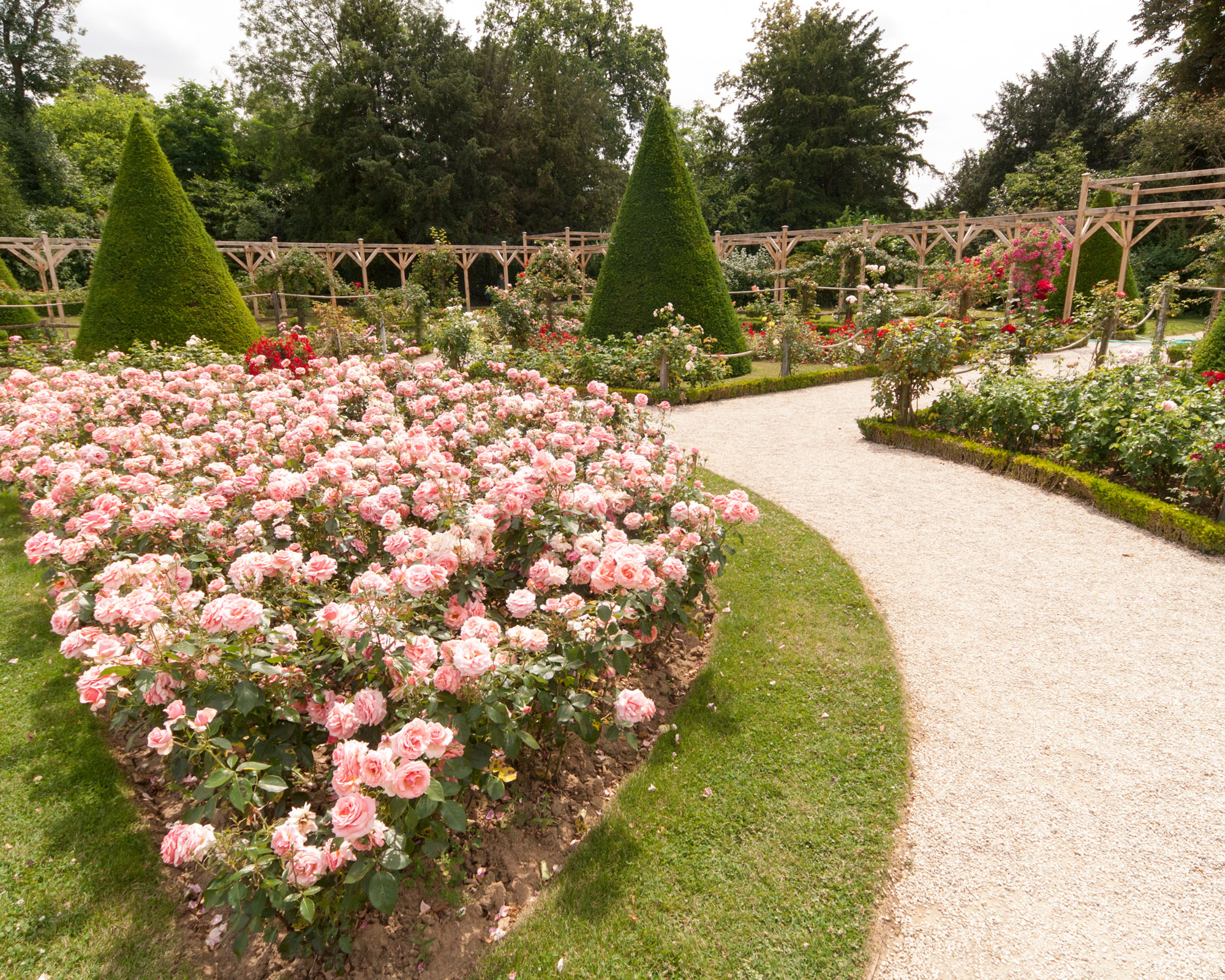
The rose garden at Buckingham Palace is made up of a total of 25 beds, each containing a different variety. These are arranged in neat parallel rows surrounded by a luscious, weed-free lawn.
Every bed contains exactly 60 rose bushes of the same color and variety. One key planting rule in the rose garden is that no adjacent bed can hold the same color rose.
This rule is followed so that each variety can be appreciated individually, rather than leaving them to compete against one another.
2. Throw away the pruning rule book
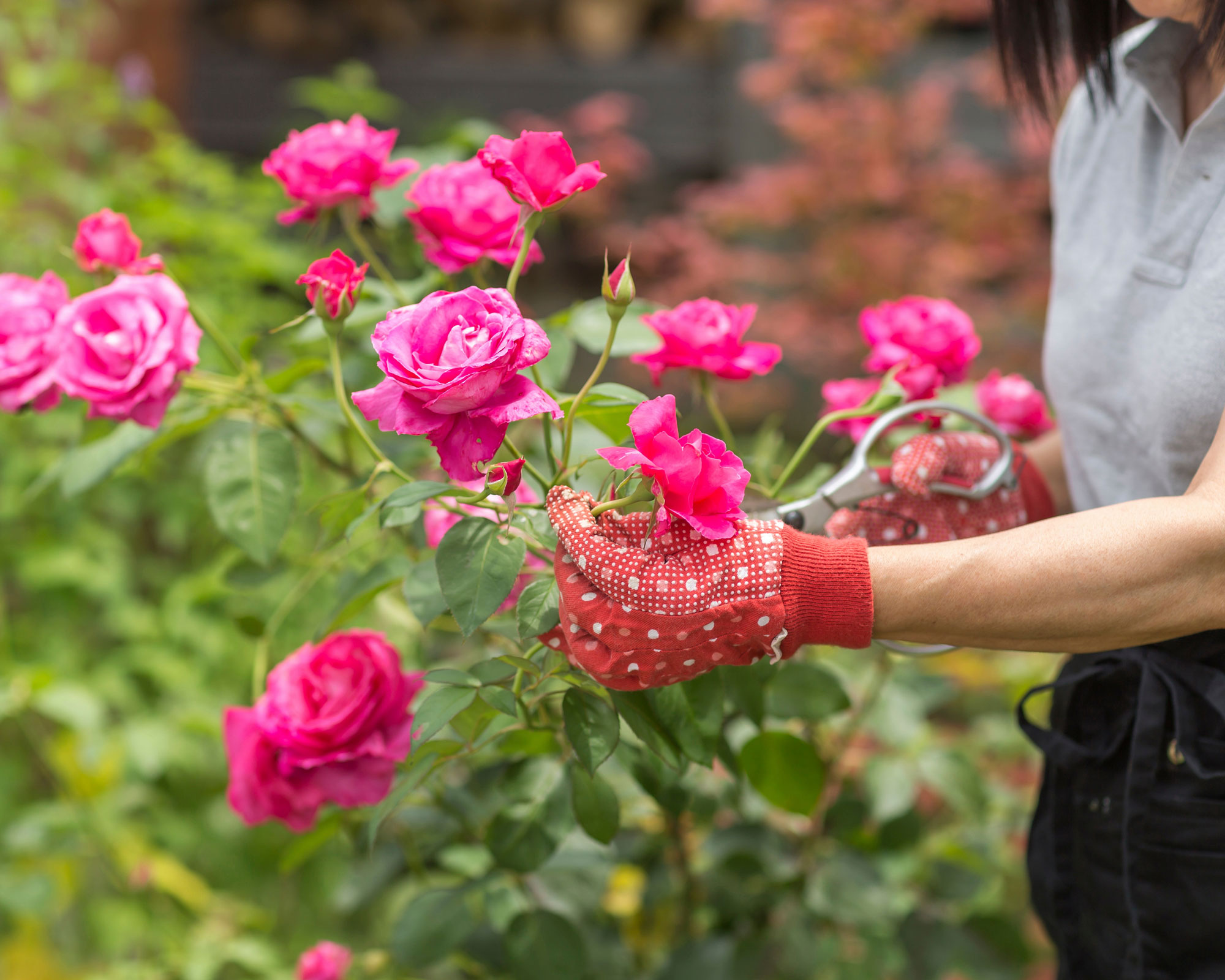
Although hybrid teas are usually pruned hard in spring, those in the Buckingham Palace gardens are pruned in November. This is to make sure that the roses are in bloom for the first summer party at the palace, which traditionally takes place in May.
Follow the royal gardeners' lead and take your best secateurs to your roses at a time that works for you. Learning how to prune roses can be daunting at first, but once you know the basic principles it's easy to keep on top of your pruning tasks.
3. Dig up and replant very old roses
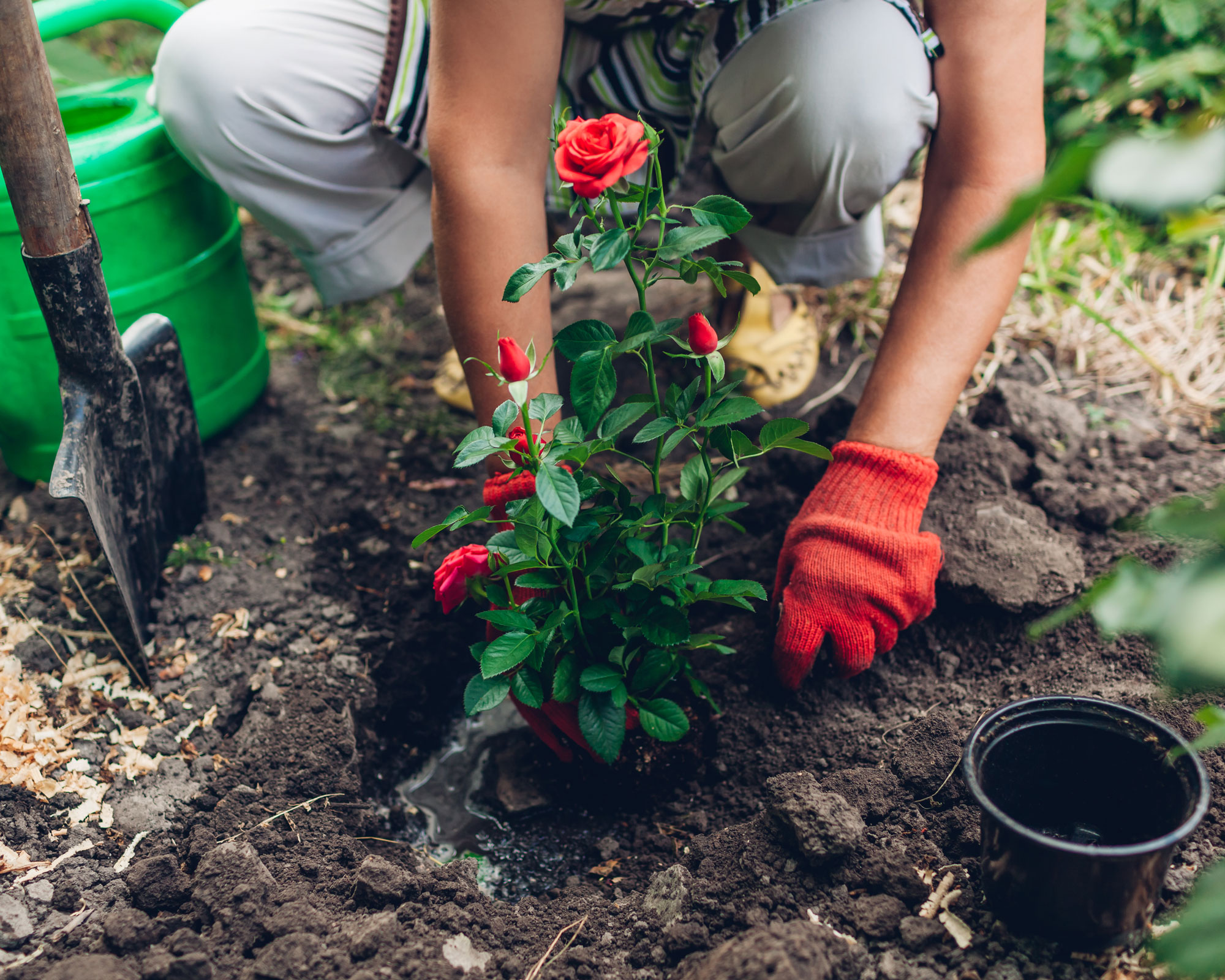
Each year, one of the 25 beds in the Buckingham Palace rose garden is dug up, given fresh soil, and replanted with a different variety. This rotation is to maintain the spectacular appearance of the rose garden over the decades.
For small gardens with far fewer rose beds, this will of course need to be done very rarely.
4. Plant the ever-popular hybrid tea variety
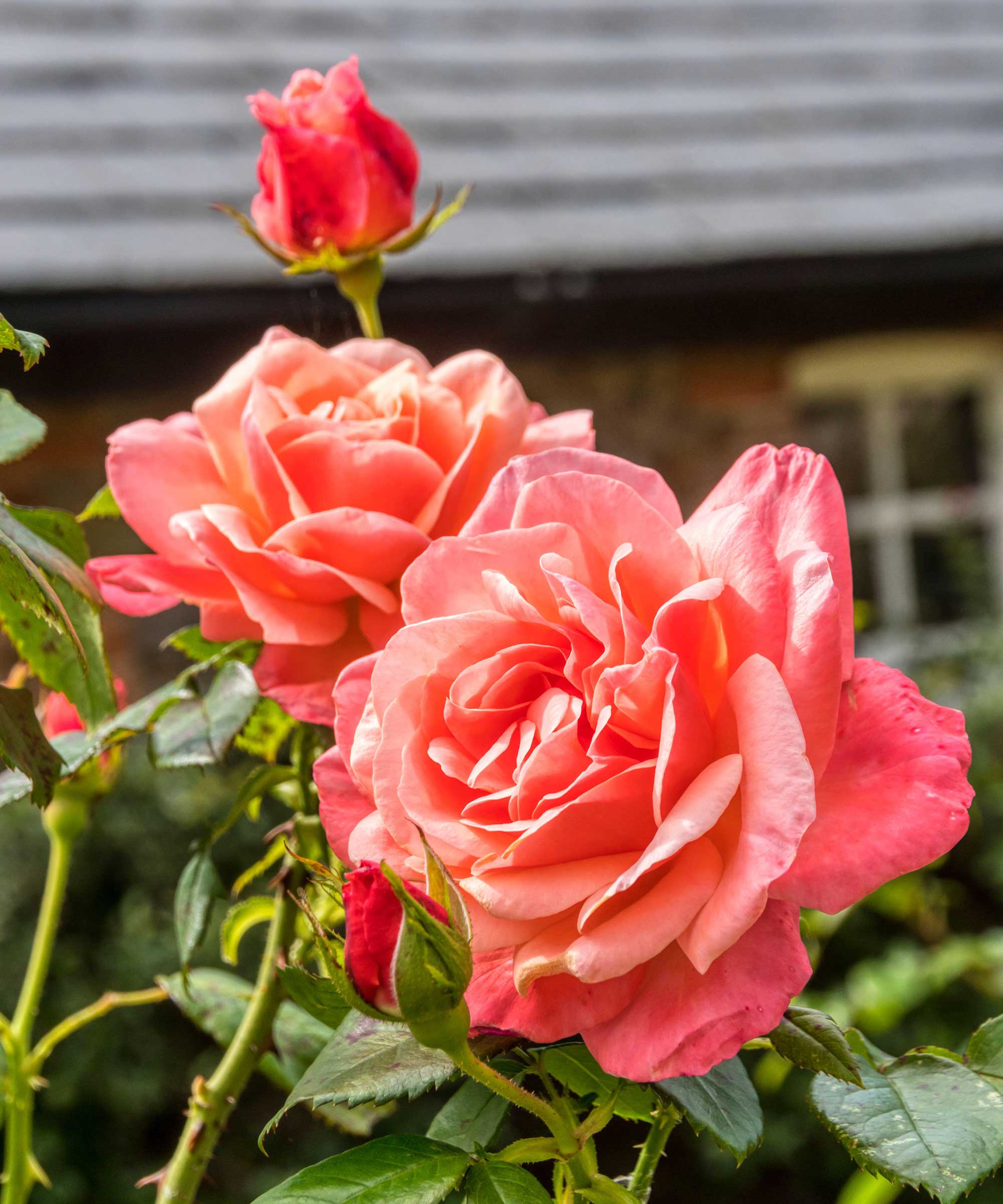
Silver Jubilee rose
Hybrid teas are one of the most popular of roses, coming in many vibrant hues. These upright roses are a mix between hybrid perpetual roses and tea roses and are recognized by their single flower and sparse foliage. They usually flower three times between summer and autumn, so can be a good option if you want to enjoy lots of beautiful blooms throughout the summer months.
Feeling inspired to get planting some new additions in your rose garden? There's plenty of tips on how to plant bare root roses in our dedicated guide.
You can find out more about the Royal gardens in the new book Buckingham Palace: A Royal Garden which chronicles a year of garden maintenance at the Palace.

Millie Hurst has worked in digital journalism for five years, having previously worked as a Senior SEO Editor at News UK both in London and New York. She joined the Future team in early 2021, working across several brands, including Gardeningetc. Now, she is Senior Content Editor at Ideal Home, taking care of evergreen articles aimed at inspiring people to make the most of their homes and outdoor spaces.
